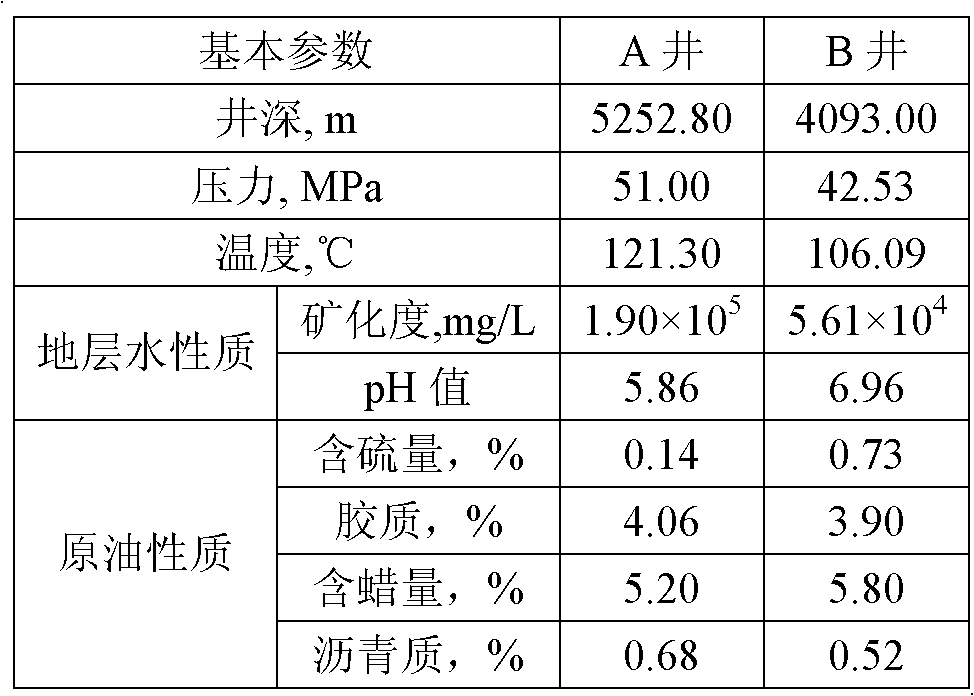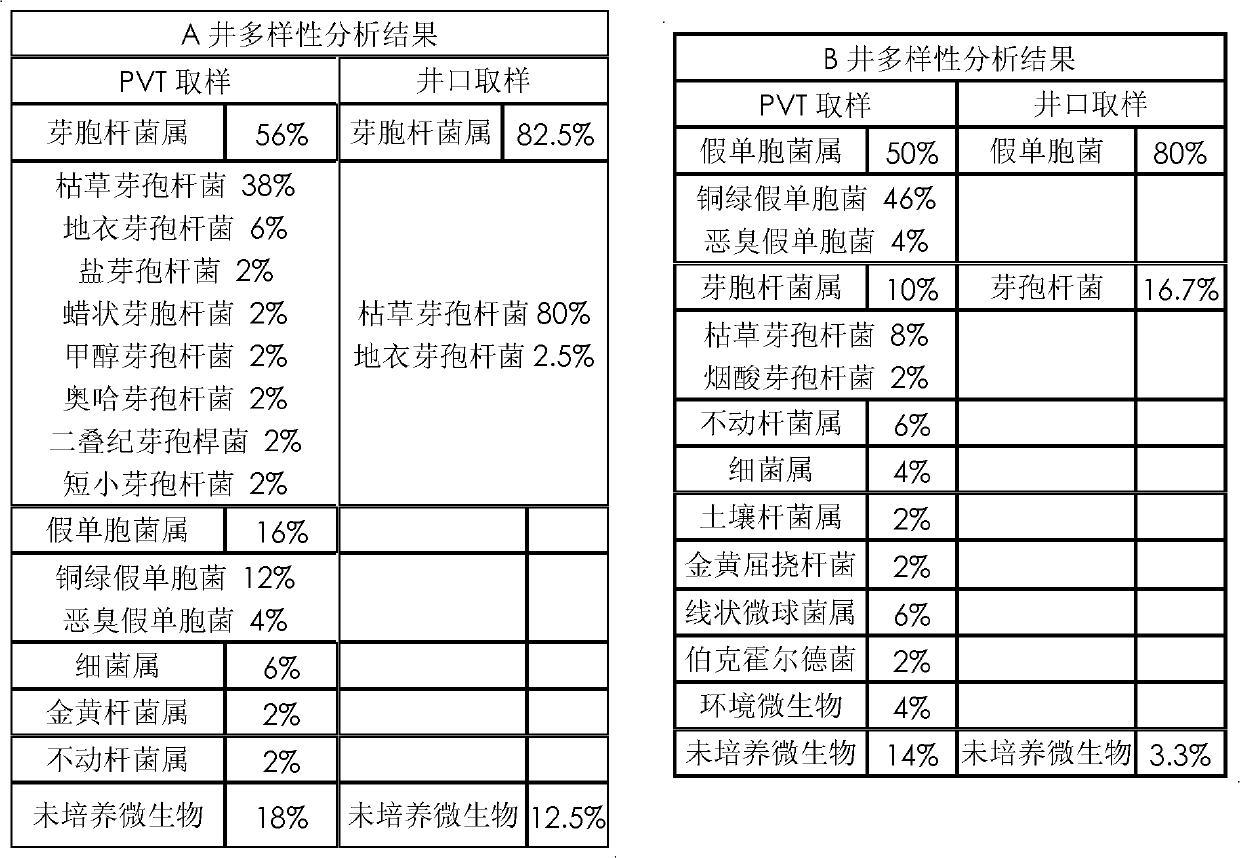Oil-reservoir endogenous microbe in-situ recovery method
A technology of endogenous microorganisms and collection methods, which is applied in the field of downhole sampling devices, can solve problems such as temperature resistance below 80°C, inability to survive, and restrictions on the understanding of extremophiles, and achieve flexible operation procedures, flexible application methods, and long-term processes short effect
- Summary
- Abstract
- Description
- Claims
- Application Information
AI Technical Summary
Problems solved by technology
Method used
Image
Examples
Embodiment 1
[0028] Embodiment 1 Well Selection Basis and Parameters
[0029] Due to the different analysis purposes, the well selection principles of PVT sampling for endogenous microorganism research are slightly different from those of conventional PVT sampling. Conventional PVT sampling wells require the selection of oil and gas wells with a water production rate of less than 5%. PVT sampling for microbial research is to eliminate the interference of external microorganisms. It is required that the selected oil wells are oil wells in uninjected layers, or oil wells that have not been reinjected for more than 30 days after water injection, and there is no requirement for water production rate.
[0030] Through strict screening, it was determined that endogenous microbial PVT sampling was carried out in wells A and B in different blocks of a PetroChina oilfield. The basic reservoir conditions are shown in Table 1.
[0031] Table 1 Basic parameters of test wells
[0032]
Embodiment 2
[0033] Embodiment 2 Sampling steps
[0034] On-site operating equipment includes operating vehicles, PVT instruments, aseptic microbial collection systems on wells, equipment and instruments required for microbial screening, etc.
[0035] Set the sampling depth to 4500m, and the lowering speed to 100m / min; the PVT automatic opening and collection timing is 1 hour, and the collection time is 10 minutes; after the PVT completes the opening, collecting, and closing procedures, lift the cable to recover the PVT instrument; operate aseptically on the ground Quickly open the PVT to collect samples.
[0036] The endogenous microorganisms in the reservoir were sampled by PVT, and the wellhead oil samples of the corresponding wells were collected as a control. The sample collected by PVT is a light yellow liquid with an oil content of less than 10%; the wellhead sample is a dark brown oil-water mixture with an oil content of 40-50%.
[0037] From the observation of the apparent prope...
Embodiment 3
[0038] Example 3 extracts microbial DNA from collection samples
[0039] 1) Take about 100mL of crude oil and place it in a glass beaker, and put it in a water bath at 70°C for 30 minutes.
[0040] 2) Add an equal volume of 30% ethanol and a half volume of crude oil petroleum ether:n-hexane=1:1 mixture, and shake well.
[0041] 3) Stand still to separate the oil and water phases, and use a rubber hose to extract the lower water phase. Use filter paper to filter out a small amount of crude oil and other impurities in the aqueous phase.
[0042] 4) After filtration, the liquid is vacuum-filtered with a 0.22 μm microporous filter membrane, and bacteria are enriched on the filter membrane.
[0043] 5) Cut the filter membrane into pieces and put it into a 10 mL centrifuge tube, add 360 μL lysozyme (10 mg / mL dissolved in 10 mM Tris-HCl, pH 8.0), and bathe in water at 37° C. for 1 h.
[0044] 6) Add 115 μL of 10% SDS and 25 μL of proteinase K (20 mg / mL), and bathe in water at 37° ...
PUM
 Login to View More
Login to View More Abstract
Description
Claims
Application Information
 Login to View More
Login to View More - R&D
- Intellectual Property
- Life Sciences
- Materials
- Tech Scout
- Unparalleled Data Quality
- Higher Quality Content
- 60% Fewer Hallucinations
Browse by: Latest US Patents, China's latest patents, Technical Efficacy Thesaurus, Application Domain, Technology Topic, Popular Technical Reports.
© 2025 PatSnap. All rights reserved.Legal|Privacy policy|Modern Slavery Act Transparency Statement|Sitemap|About US| Contact US: help@patsnap.com


